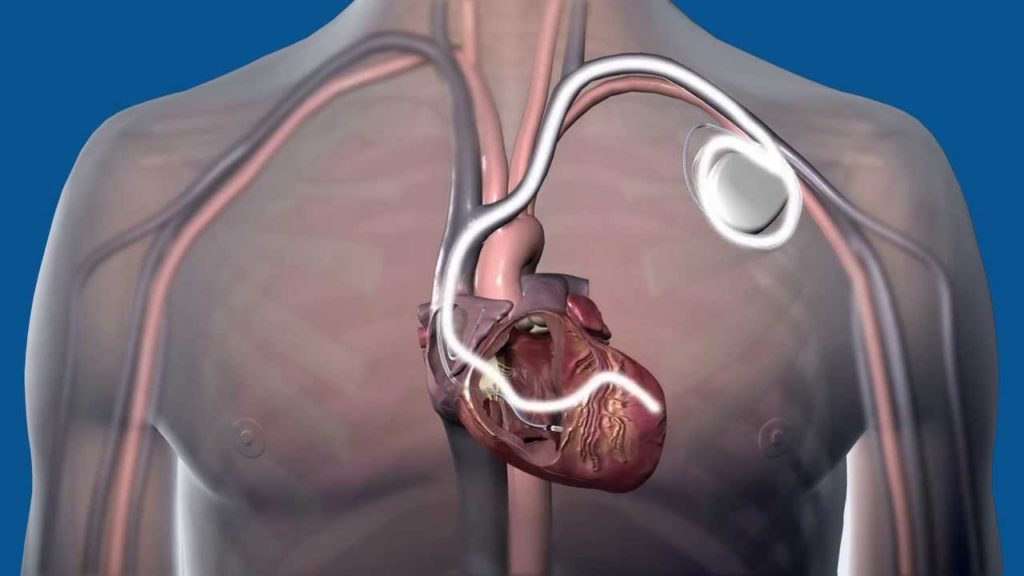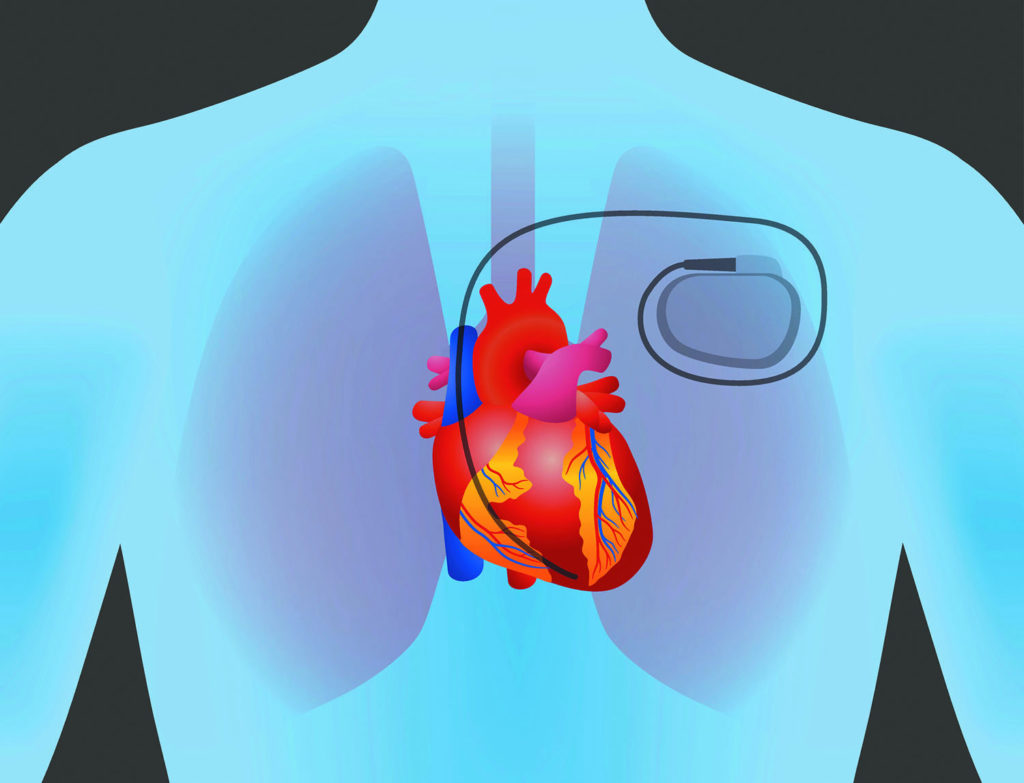In the study, the team created nanometric structures of the engineered material, and with the help of advanced nanotechnology tools, applied mechanical pressure on them. The experiment revealed that the material does indeed produce electric currents and voltage as a result of the pressure.

Moreover, tiny structures of only hundreds of nanometers demonstrated one of the highest levels of piezoelectric ability ever discovered, comparable or superior to that of the piezoelectric materials commonly found in today’s market – most of which contain lead and are therefore not suitable for medical applications.

The researchers believe that this new nanotechnology has many potential applications in medicine, including harvesting clean energy to operate devices implanted in the body, such as pacemakers, through the body’s natural movements, eliminating the need for batteries.

Professor Ehud Gazit from the University said, ‘Most of the piezoelectric materials that we know of today are toxic lead-based materials, or polymers, meaning they are not environmentally and human body-friendly. Our new material, however, is completely biological, and therefore suitable for uses within the body.

For example, a device made from this material may replace a battery that supplies energy to implants like pacemakers, though it should be replaced from time to time. Body movements – like heartbeats, jaw movements, bowel movements, or any other movement that occurs in the body on a regular basis – will charge the device with electricity, which will continuously activate the implant.’
New research suggests material creates green energy through mechanical force.
According to IM3














